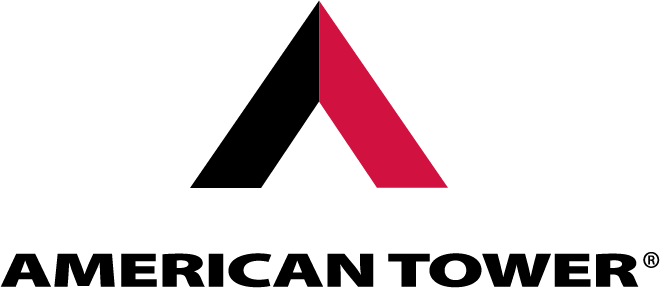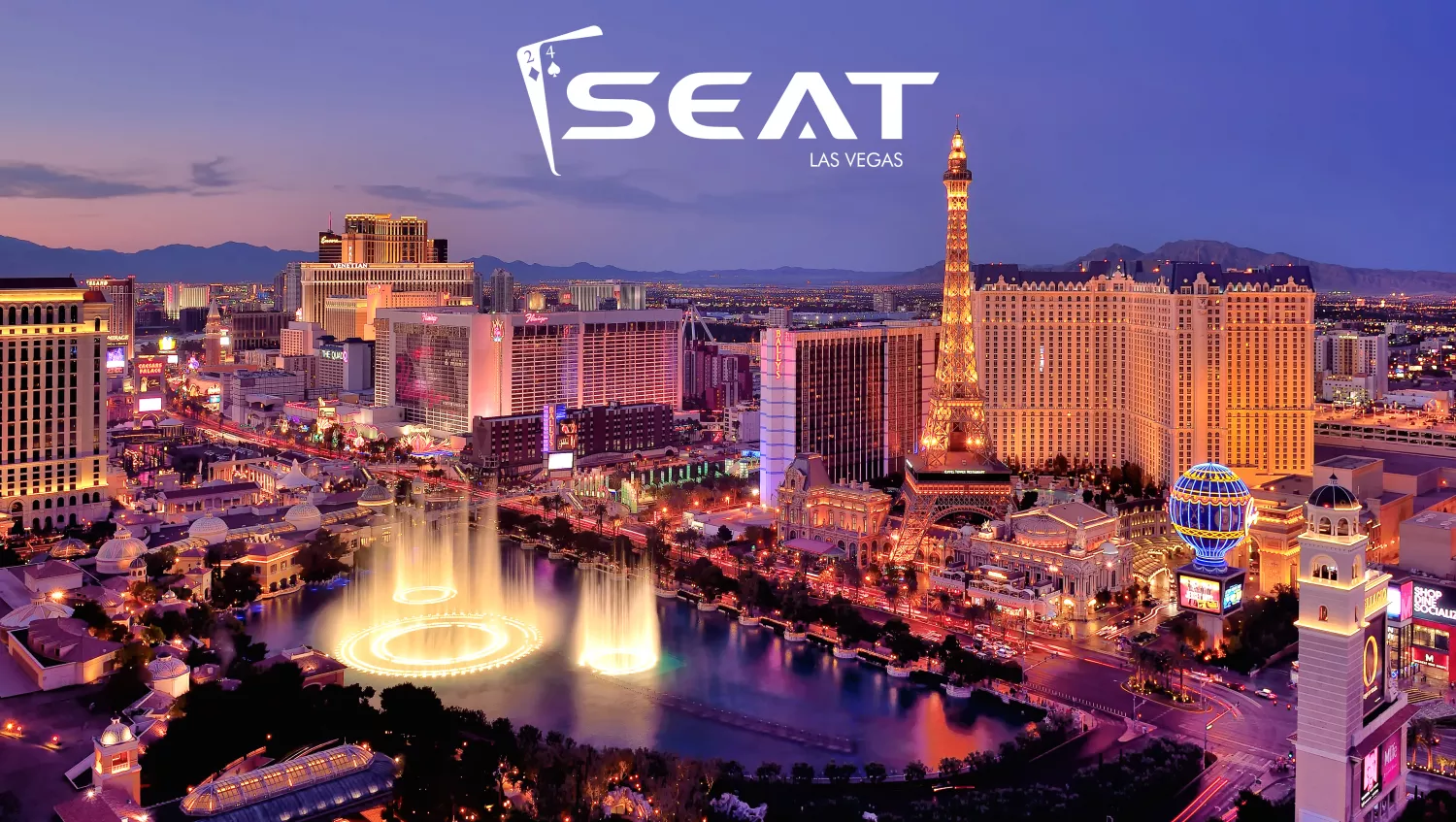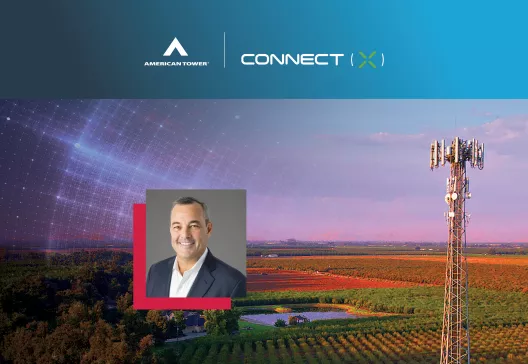Digital engagement, technology partnerships, and venue operational efficiencies were just a few of the hot topics at the 2024 Sports and Entertainment Alliance in Technology (SEAT) conference, the premier gathering place for idea exchange on emerging platforms and innovation in the sports and entertainment industry.
Through participation in a panel session, The Future of DAS and Telco Partnerships, featuring Cameron Dunn, Assistant Vice President of In-Building Solutions at AT&T, and Ana Hemmert, Director of Technology Procurement DAS at T-Mobile, as well as multiple engagements with other customers and conference attendees during the week, our team came away with three key insights about how connectivity is transforming large venues’ ability to enhance the fan experience, while growing revenue and streamlining operations.
1. Shared Responsibilities: Win-Win Approaches to Technology Partnerships
Changes in the Partnership Landscape
A sea change in public expectations around the availability of wireless connectivity is driving a parallel review of the ways in which partnerships between large public venues and Mobile Network Operators (MNOs) are being structured, and how venues and digital infrastructure providers, like American Tower, can work together to encourage MNOs to join a wireless network when venues undertake an upgrade.
Seamless cellular coverage inside of venues is clearly important to all stakeholders, but only in recent years has there been a rethinking of the economics of building critical network infrastructure. Two decades ago, MNOs paid access fees to venues because their ability to provide service within these properties was a market differentiator, and mobile phone access a luxury. Today, mobile phones are used everywhere, and provision of service does not deliver a competitive edge to MNOs. Moreover, venues increasingly depend on connectivity not only for the fan experience but also for operational efficiencies and revenue generation.
Working Together in New Ways
MNOs appreciate their role as enablers of venue and fan benefits, but require cost-share economics to make it sustainable. While they can no longer make a business case for taking sole financial responsibility for building critical infrastructure or paying sponsorship, access, or leasehold fees to provide enhanced wireless connectivity at a venue, MNOs are very open to working with the venues to enable revenue generation and emergency readiness through enhanced wireless connectivity.
Digital infrastructure players, like American Tower, also have a role to play in making these business models successful. They must continue to marry financial considerations with network development, ensuring systems are rightly designed and cost efficient, and bring venues and MNOs into discussions as early as possible.
Many Tools in the Toolbox
While the capacity a 5G Distributed Antenna System (DAS) can support may be essential in a large venue, smaller venues may choose other tools in the toolbox, from Wi-Fi to private networks. Hybrid solutions may also come into play, such as using a DAS in the main areas and private networks for back of the house. Smart minds must come together to deploy the right solutions for the right venues.
2. Connectivity is Powering the Venues of the Future
Many fans love the energy of a live event, but have also come to expect the ability to post on social media during a concert or have real-time access to player and game stats. As venues look for new ways to deliver a richer fan experience, the solution is anchored in connectivity.
Innovations in technology will have a big impact on how people will consume sports and other entertainment going forward. Growing numbers of stadium sensors, low-latency video streaming, Hawk-Eye® camera systems, data analytics capabilities, generative AI, and other emerging systems have the potential to elevate the fan experience and make games and players better.
But this bright future relies on high-speed and reliable connectivity, with bandwidth allowing tens of thousands of fans to use phones simultaneously to access team content, location-based promotions, concession information, digital signage, and more. Seamless connectivity also helps venues of all sizes continue to optimize business operations through technology-driven applications, including mobile ticketing for hassle-free entry; control of lighting and temperature systems for cost and energy savings; a Public Safety Network (PSN) for emergency communications; and digital point-of-sale systems to capture revenue for stadium vendors and analysis of crowd traffic patterns.
3. The Power of Community Collaboration
The secret sauce of the SEAT conference is the platform it creates for community dialogue and peer networking among stadium operators, MNOs, digital infrastructure providers, broadcasters, teams, and others. Each plays a role in creating the experiences that will delight fans and solving common challenges at a time of rapid technological change. One session participant summed it up well: “Let’s be responsible together.”
Stakeholder coordination is critical to ensure optimal performance of the wireless systems that are vital to the fan experience, venue operations, and public safety. Each assignment is different, with venues varying in size, network characteristics, and guest needs, putting a premium on effective communication across all those involved in bringing superior connectivity to a venue.
We must all work together to convert a venue’s high-level requirements into an agreed upon roadmap for operational execution. Once a system is in place, we also must collaborate to share performance data and other key network indicators to help venues understand guest usage, system availability, and service experience. Together, the whole becomes more important than the sum of its parts.
Bringing Our “A” Game
As performers take the stage at concerts or players hit the court, venues want fans to have an exhilarating experience and keep coming back for more. Whether on the ice or a parquet floor, on natural grass or under domes, all players in the connectivity ecosystem need to bring their “A” game. That includes agreeing to share information transparently, aligning around modern economic models, and assembling at future SEAT gatherings to collectively help venues become showcase entertainment hubs for their regions.
Hawk-Eye® is a registered trademark of Sony Group Corporation.

Fran Finnegan
Fran joined American Tower in 2010 and has served in various sales leadership roles throughout his tenure. With more than 30 years of telecom industry experience, he currently leads our in-building initiatives, developing, managing, and accelerating new business growth in this segment.


